Introduction to Sedum Plants
Meet the sedum plant, your garden’s resilient and vibrant friend that’s capturing the hearts of green thumbs and nature enthusiasts alike. These succulents are like the Swiss Army knife of the plant world—adaptable, hardy, and astonishingly low-maintenance. With their remarkable drought tolerance, they’re making waves in home gardens and urban landscapes, particularly among those looking for eco-friendly and water-wise planting options.
What makes sedums stand out isn’t just their tenacity in the face of arid conditions, but also their impressive variety. From the tightly clustered ‘Dragon’s Blood’—which seems to have burst straight out of a fantasy novel—with its ruby-red foliage, to the ‘Autumn Joy’ cultivar that offers a festival of autumnal hues as the seasons change, there’s a sedum for every aesthetic and gardening project. These versatile plants aren’t just surviving; they’re thriving across rooftops, rockeries, and everything in between. Delve deeper into the resilient world of sedums here.
As a testament to their popularity, imagine walking through a neighbor’s garden and seeing a sea of stonecrops, as sedums are often dubbed, creating a tapestry of textures and colors. From soft pastel blooms to foliage that ranges from lime green to deep burgundy, they offer year-round interest and —when bathing in full sunlight— burst into star-like flowers that pollinators can’t resist.
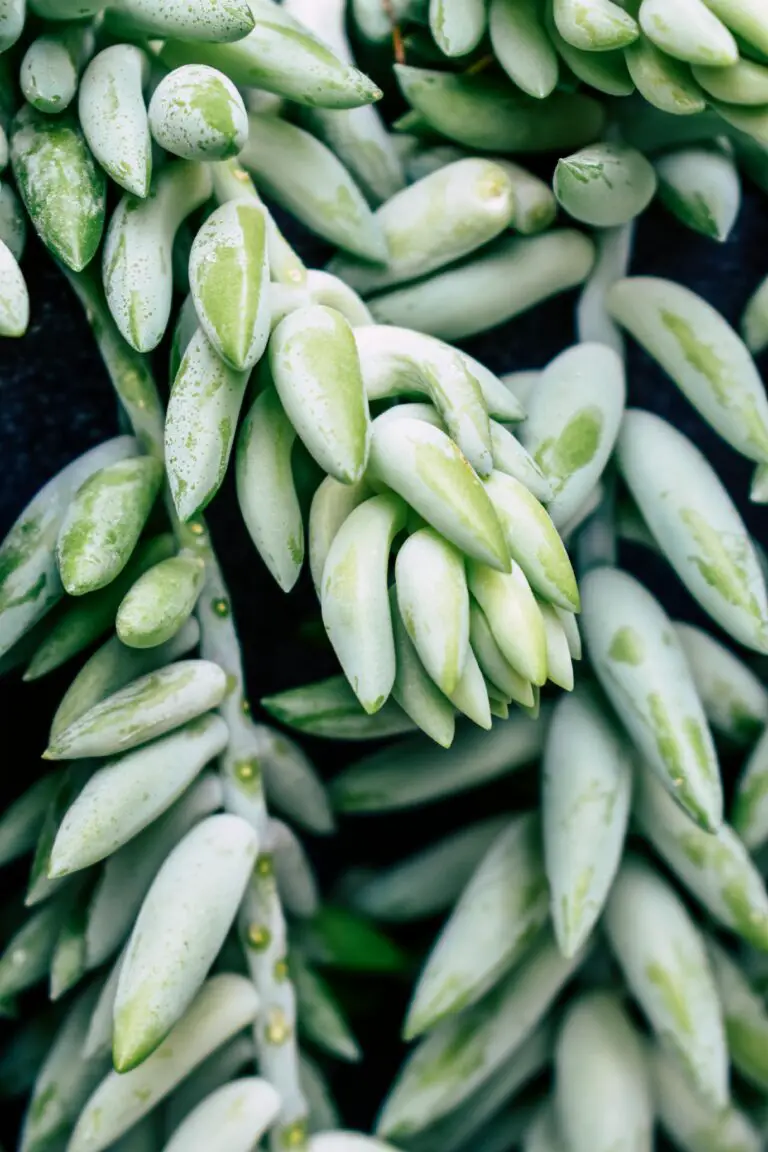
But sedums aren’t just pretty faces; they’re also practical players in your garden’s ecosystem, contributing to biodiversity and soil health. These low-growing dynamos can be a groundcover superhero—preventing erosion, suppressing weeds, and requiring such minimal care that they keep gardening as a joy, not a chore.
So, whether you’re looking to add a splash of color to your xeric garden or start a green roof project that will be the envy of the neighborhood, sedums are a natural choice. Their easy-care attitude and sundry forms mean there’s a perfect sedum for every gardener’s dream.
Understanding the Sedum Species
Have you ever wondered what those fleshy, often vibrant plants spreading across rock gardens and terraces are? Welcome to the world of sedum, a genus of succulents that are as diverse as they are easy to grow. Think of sedum as nature’s all-terrain vehicles — robust, adaptable, and quite frankly, stunning to look at. But before diving into the world of sedum, let’s unfold the pages of their story and get to the root of what makes this plant so fascinating.
Sedum is classified under the family Crassulaceae and is commonly referred to as stonecrop because it is as hardy as stone and ‘crops’ up, thriving in many environments. But what’s in a name? It turns out, quite a lot. The sedum species is a tapestry of over 400 varieties, each with unique characteristics and a shared knack for survival in less-than-ideal conditions. From the star-shaped flowers of Sedum spectabile to the cascading beauty of Sedum morganianum, also known as burro’s tail, each species brings its own dash of charm.
The appeal of sedum plants isn’t just skin-deep. Their drought tolerance and ability to prosper in poor soil make them a top choice for gardeners looking to add life to challenging spaces. Whether you’re watching the butterflies dance around the sunny yellow blooms of Sedum acre or admiring the deep red tones of Sedum spathulifolium as autumn approaches, there’s a sedum for every scene. As they say, beauty and resilience go hand-in-hand—or in this case, root-in-soil.
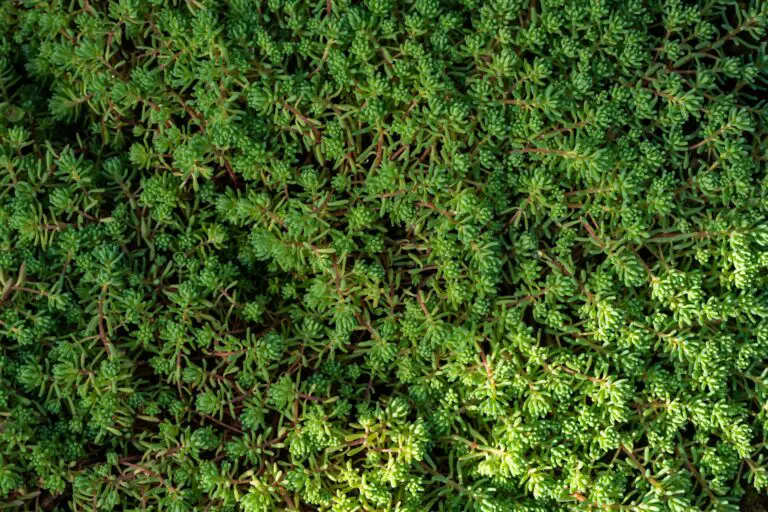
Take a stroll through a neighborhood famed for its gardens, and you’re likely to spot sedum thriving amidst the gravel and alongside cobble-stone paths. It’s a testament to their adaptability and a sign that when it comes to hardy plants, sedum is a real heavy-weight champion. Now, if you’re inspired to start your own succulent collection or want to learn some nifty tricks to keep them thriving, don’t miss our article on pruning tips for healthy succulents. After all, even the hardiest of plants could use some TLC!
Optimal Growing Conditions for Sedum
Let’s dig right into the garden bed of knowledge on sedum plants, beginning with their undisputed love affair with the sun. Envision a sprawling Mediterranean hillside or the rugged terrain of a rocky outcrop, and you’ve painted the perfect backdrop for these solar-powered beauties. Sedum plants are true sun worshippers, basking in full glare with the kind of zeal that would make a sunflower blush. But it’s not just about the glory of golden rays; these hardy succulents are akin to the cool kids of plant society, unfazed by scorching summers with a surprising disinterest in high-maintenance routines.
Temperature tolerance in sedums is another strong suit. With the resilience of a cactus, they shrug off the sultriness of summer days, standing tall and verdant when others wilt. Some even wear winter’s frost like a crystalline brooch, remaining robust through colder months, provided the soil is well-draining to avert root-rot. The phrase ‘chill out’ could be the sedum’s life mantra, reflecting their calm demeanor in the face of fluctuating thermometers.
Speaking of soil, these green gems favour the lean life when it comes to their earthly bed. Forget the rich, water-retentive composts; sedums thrive in soils that mimic their native, arid abodes. Quick-draining, gravelly, and often nutrient-poor setups allow sedums to root deeply, stretching their legs in an underground marathon, seeking sustenance and stability. This is gardening on a diet, and sedums are poster children for the minimalist approach to horticulture.
If you’re still curious about how to weave these botanical threads into a living tapestry, look no further than this insightful video on the full care of sedum plants, which truly embodies the plant’s carefree and thriving existence.
Maybe you’re a novice gardener, your thumbs only just starting to tinge with green. Or perhaps gardening is your soul’s symphony, and your hands dance to the rhythm of growing life. Either way, gaining a deeper understanding of these resilient plants can guide you toward a more fulfilling connection with your garden. For more enlightenment, glide over to our comprehensive guide on Sedum Whisperer: Articulating Care for Succulent Enthusiasts.
Planting and Caring for Your Sedum
Ready to embark on a gardening adventure with your sedum plants? These succulent beauties are not only easy to love but easy to grow. Follow these straightforward tips, embrace your inner green thumb, and watch your sedums blossom into vibrant, healthy plants!
Setting Down Roots: Planting Your Sedum
Whether you’re tucking into your garden bed or settling them into containers, sedum plants are remarkably undemanding. Start with well-draining soil—think porous and airy—and a sunny spot. If you’re potting them, a cactus mix paired with some coarse sand does wonders. Plant them just deep enough to settle firmly, giving them room to breathe and sprawl.
Remember, sedums are social creatures; they relish the company of stonecrops and sempervivums. Together, they create a tapestry of textures and colors that can enliven any garden space.
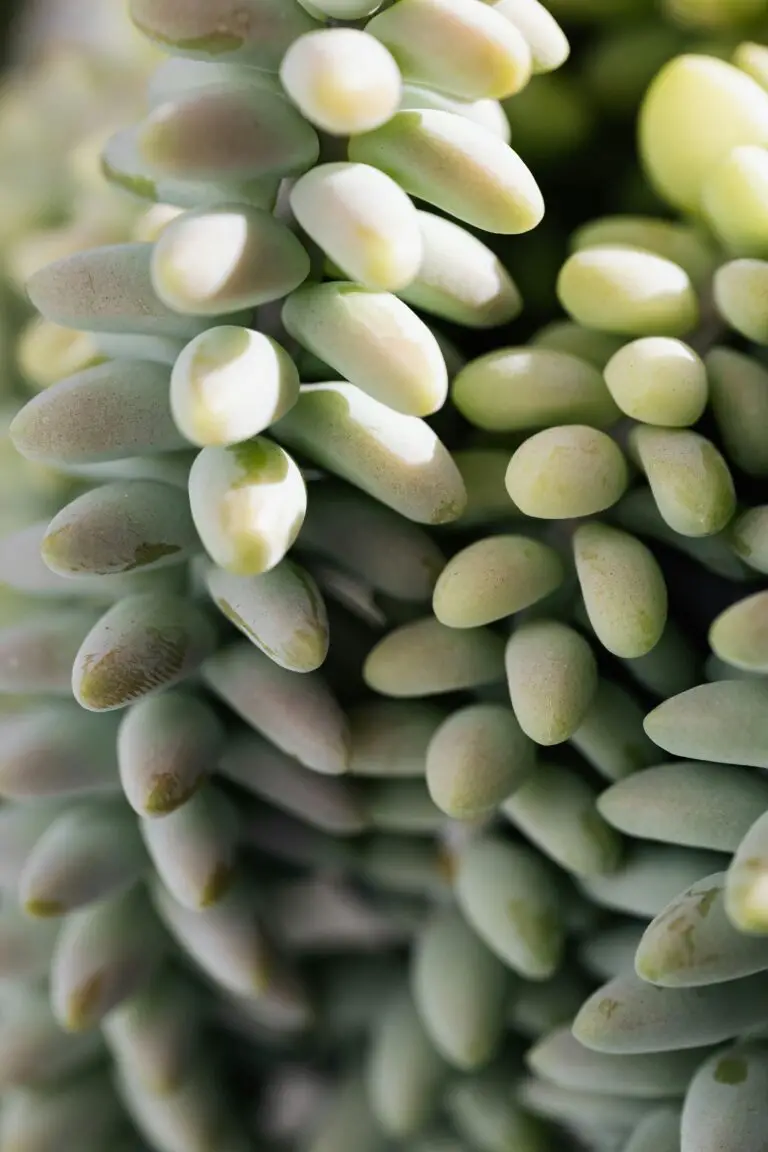
Watering Wisdom: Less is More
When it comes to hydrating your sedum, the rule of thumb is simple: less is more. These plants are drought-tolerant warriors, preferring to stay on the drier side. Overwatering is their kryptonite, often leading to root rot—a silent killer in the plant world. So, wait for the soil to dry out before giving them a good soak, which typically translates to a watering routine of every 7 to 10 days during the growing season, and even less during dormancy.
Feeding Finesse: Nutrients They Love
Do sedums need a feast to flourish? Not really. These low-maintenance charmers are light feeders, needing only a dash of balanced, slow-release fertilizer at the onset of spring. It’s like a gentle wake-up call, signaling that it’s time to grow. Avoid overfeeding, as excess nutrients can cause lanky growth and weaken the plant’s hardy nature.
Pruning with Purpose
As your sedum sprawls and spreads, it may require a trim to maintain its shape. Don’t be afraid to give your plants a haircut! Pruning promotes denser growth and can prevent them from becoming too leggy. The best time to pick up the shears is after flowering, trimming back by a third, and you’ll be rewarded with a plant that’s as robust as it is radiant.
Pest Control: Your Garden Guardians
While sedums don’t frequently fuss over pests, an occasional aphid or mealybug may visit. Be vigilant and arm yourself with insecticidal soap or neem oil—the eco-friendly bouncers of the garden world. Apply at the first sign of unwanted guests, and maintain a regular inspection routine to keep your sedums pest-free.
Disease Management: A Stitch in Time
Sedum plants are sturdy, but they’re not invincible. The best defense against disease is ensuring proper air circulation, avoiding overhead watering, and cleaning up any fallen debris around the plants. If you spot any signs of fungal diseases, such as powdery mildew, act swiftly with an appropriate fungicide to nip the problem in the bud.
By now, you’re armed with the knowledge to grow sedum that’s as headstrong as it is beautiful. Remember, it’s not about the quantity of care but the quality. Provide what they need, and your sedum will thrive with a resilience that matches your own gardening fervor. Happy planting!
Popular Varieties of Sedum Plants
Imagine transforming your garden into a vibrant tapestry of textures and colors, a place where each plant not only thrives but plays a unique role in the landscape. Among these standout performers are the sedum plants, also known as “stonecrops,” which come in an array of stunning varieties. Let’s take a scenic stroll through some of the most popular sedums that can elevate your outdoor sanctuary.
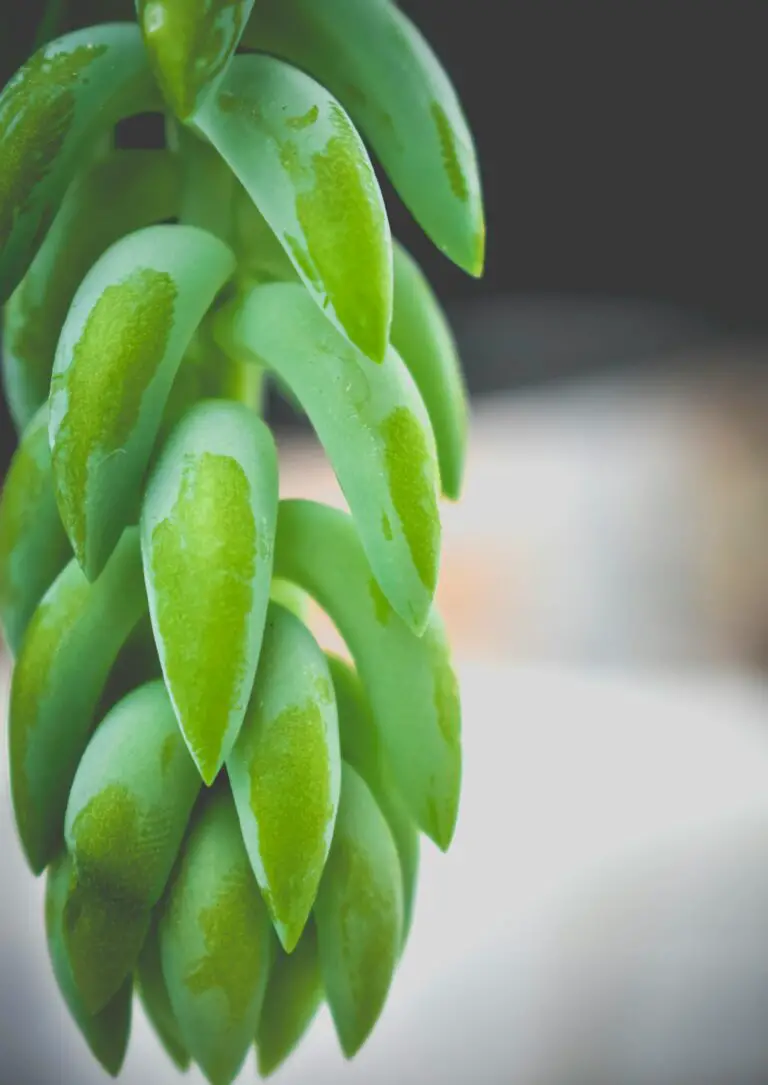
‘Autumn Joy’ Sedum
The ‘Autumn Joy’ sedum is renowned for its robust nature and the way it captivates with its lifecycle. Starting in summer with light green buds, it blossoms into soft pink flowers before maturing to a rich, rosy hue in fall. Perfect for that splash of late-season color, it’s a favorite among butterflies and a resilient choice for any garden.
Sedum ‘Brilliant’
Vibrant and eye-catching, the aptly named Sedum ‘Brilliant’ is a must-have for gardeners seeking a pop of color. This pink-flowered beauty is as tough as it is attractive, offering a dazzling display of blooms from late summer to frost. It’s not just pretty; it’s practical, too, with a drought-tolerant temperament that forgives the occasional forgetful watering.
Sedum spurium ‘Dragon’s Blood’
If you’re after a ground cover with flair, look no further than Sedum spurium ‘Dragon’s Blood’. With its fiery red leaves that intensify in fall, it gives new meaning to “fall color.” Sun-loving and hardy, it hugs the earth, creating a mythical carpet that’s both enchanting to look at and a breeze to care for.
Each of these sedum varieties is a living work of art, effortlessly enhancing any garden or container with their unique attributes. Whether you have a sprawling backyard or a cozy balcony space, incorporating these popular sedums can turn a green space into a lush, varied escape where every glance reveals a new wonder.
Sedum’s Role in Eco-Friendly Landscaping
If you’re one to keep tabs on the greener trends in gardening, you’ve likely heard whispers of the sedum plant’s quiet revolution in eco-friendly landscapes. It’s not just a fad; sedum is a vital player in the game of sustainable gardening. Let’s dig into the gritty details of how these robust plants are making big waves in green design.

Imagine a roof teeming with life, where sedum plants spread like a verdant blanket, turning mundane urban spaces into lush ecosystems. Green roofing, as it’s known, has sedum at its heart. These hardworking plants don’t just sit pretty—they’re a powerhouse of environmental benefits, insulating buildings and providing a habitat for wildlife. The best part? They demand so little. Sedum thrives with minimal water, reveling in the sun’s full force with a stoic resilience that would make a cactus blush.
Down on the ground, the magic doesn’t cease. Sedum plants take the heat off gardeners, flourishing in drought-prone regions where thirstier plants would throw in the towel. And it’s not just the survivor’s spirit that makes sedum a darling of water-wise landscaping; its diverse palette of textures and colors stitches together a tapestry that rivals the artistry of more high-maintenance flora. Seeing a sedum-adorned landscape resist the summer’s scorch without a sweat is to witness horticultural tenacity in its purest form.
But let’s get real—real-life applications of sedum’s wonders are everywhere. Take a stroll through a sustainable city project, and you’re bound to see these plucky plants atop buildings, spilling over walls, or punctuating xeriscaped gardens. They are not just surviving but thriving, as they require fewer resources and less fuss. Sedum is silently underpinning a movement towards greener, more responsible landscaping, and it’s breathtaking to see the impact of these unsung heroes.
We’re not merely painting an idyllic picture; this is the reality for many forward-thinking landscapers and gardeners who are swapping ornamental excess for sedum’s sustainable charm. So next time you’re contemplating an eco-upgrade to your green space, remember the sedum plant—mother nature’s nod to practical beauty and environmental stewardship.
Propagating and Multiplying Your Sedum Collection
So, you’ve fallen in love with the sturdy yet stylish sedum plant and want to spread that joy around your garden? You’re in luck! Propagating sedum is as easy as pie, and I’m about to walk you through the ins and outs of propagating these resilient succulents. Before you know it, you’ll be handing out baby sedums like party favors!
Snip Snip: Propagating Sedum from Cuttings
Grab your shears, because we’re starting with cuttings! This is hand-on-heart the easiest method. In the early summer, just pinch off about a 4-6 inch piece of your sedum, making sure there are a couple of leaf nodes. Dip the end in some rooting hormone for an extra boost (it’s like a caffeinated drink for plants), and stick the cutting into well-draining soil. Give it some water, but don’t go overboard. Now, patience is the game. In a few weeks, you’ll have roots starting to show. It’s almost like magic, but it’s just nature doing its thing.
Dividing for Growth: Multiplying Sedum Like a Math Problem
If you’re not into snipping, let’s talk division. And no, you won’t need your calculator for this. In spring or fall, gently dig up your established sedum plant. Shake off the excess soil so you can see what you’re working with. Find natural divisions or areas where the plant has begun to split. Using your hands or a knife, separate these sections, making sure each has a good portion of roots attached. Plop them into their new homes in the soil, water them in, and voila! Your sedum family just got bigger.
Sowing Success: Starting Sedum from Seeds
Feeling adventurous? Try starting sedum from seeds. Although it takes longer than cuttings or division, there’s something incredibly rewarding about watching a plant grow from a tiny seed. Sow your sedum seeds in well-draining soil during spring, barely covering them with soil – they need light to germinate. Keep the soil moist but not wet, and in a sunny spot. It’s a bit of a waiting game, but eventually, you’ll see sprouts thrusting their way towards the sun. Just stick with it, and your garden will be a sedum sanctuary in no time.
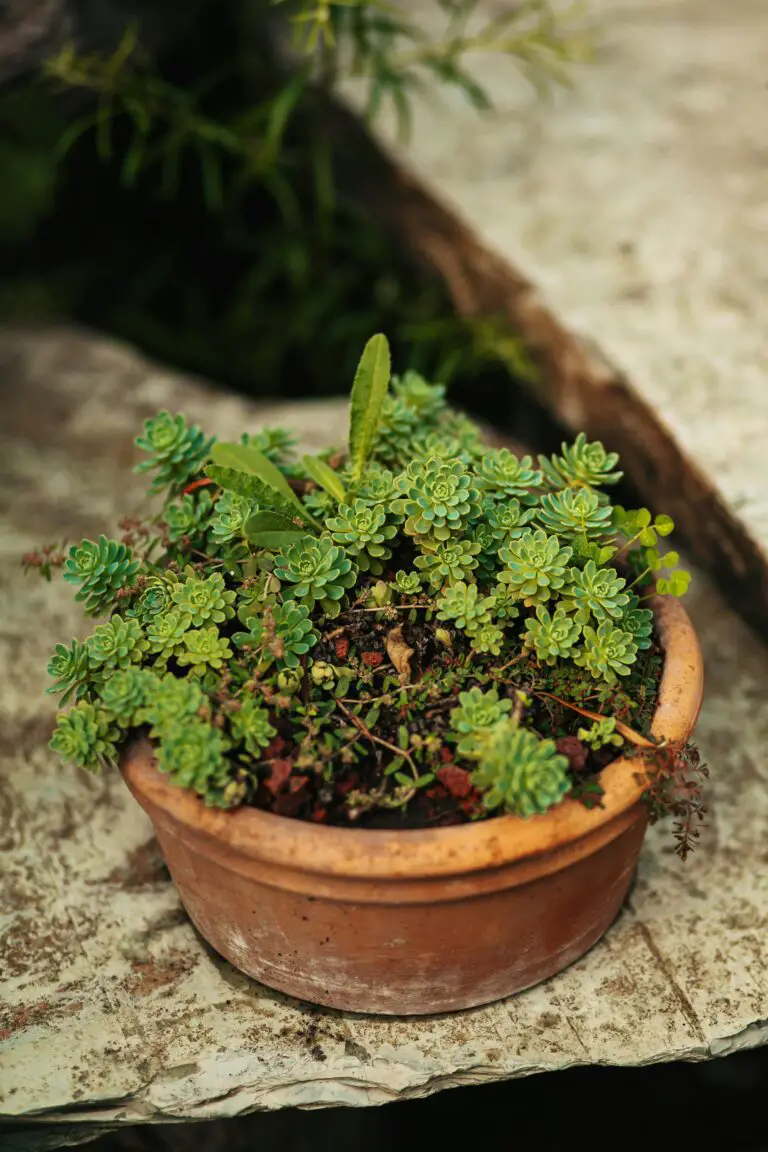
There you have it, fellow gardeners! Whether through cuttings, division, or the patience-testing seeds, propagating your beloved sedum is a breeze. Just remember, every plant has its personality, so what works for one may not work for another. But that’s the beauty of gardening – it’s a constant experiment. With these tips and a little bit of TLC, you’ll be swimming in sedums before you can say ‘succulent’!
Designing with Sedum: Tips for Gardeners
Imagine a tapestry of succulents spreading across your garden, the sedum plant acting both as an artist and a botanist’s puzzle, weaving colors and textures into a seamless groundcover. Sedum, with its sturdy disposition and a cornucopia of varieties, lends itself beautifully to creative garden design. Whether you’re draping a stone wall with cascading Sedum ‘Angelina’ or dotting a pathway with the upright Sedum ‘Autumn Joy’, these hardy plants provide a low-maintenance but aesthetically rich palette for gardeners and landscape enthusiasts alike.
What’s truly inspiring about sedum is its ability to thrive with minimal fuss. Need a drought-tolerant champion? Sedum has you covered. Want to attract pollinators? Watch the butterflies and bees flock to your sedum bouquet. Envision a border that graduates from soft-hued greens to deep burgundies; sedum varieties can be curated for a gradient effect that’s both arresting and harmonious with your garden’s larger design.
For those looking to make a statement, consider using sedum as a focal point in your garden. A well-placed cluster of Sedum ‘Black Jack’ with its near-black leaves can act as an eye-catching contrast to lighter foliage or brighter flowers. Pairing these with ornamental grasses or a backdrop of silver-leaved plants will make the darkness of the sedum pop, adding depth and intrigue to your garden narrative.
Don’t overlook the power of sedum in container gardening either. A collection of different sedum species in a wide, shallow planter can serve as a living centerpiece for your outdoor dining table or an accent piece on your patio. And let’s not forget green roofs. From urban settings to rustic cottages, the sedum is a go-to for green roof installations due to its resilience and the lush coverage it provides.
Real-life examples of sedum usage abound. The High Line in New York City, an innovative park built on a historic freight rail line elevated above Manhattan’s streets, features sedum prominently. It serves as a testament to the plant’s adaptability and aesthetic value, seamlessly blending with the industrial-chic vibe of the landscape. Similarly, a drive through the countryside might reveal barn roofs laced with sedum, highlighting a trend where functionality meets beauty.
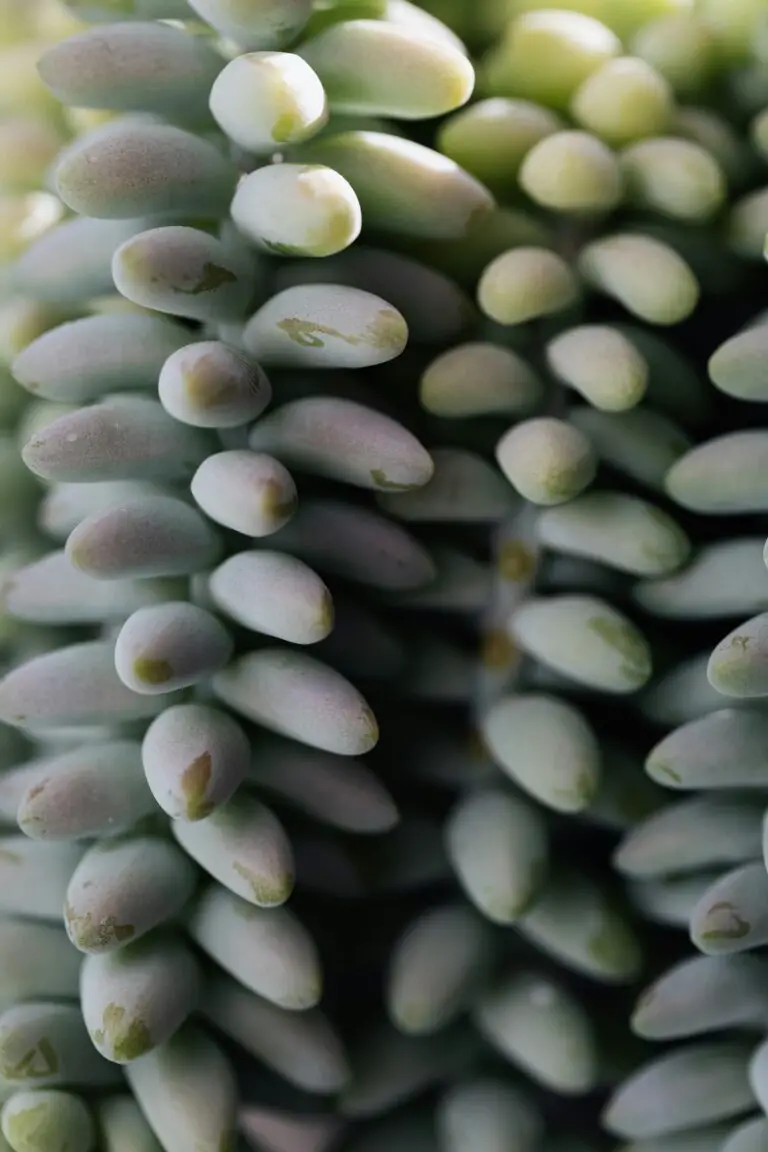
Incorporating sedum into your garden isn’t just about planting a succulent; it’s about painting with a living medium that keeps giving year after year. Sedum presents a unique opportunity for gardeners to meld practicality with imagination. So why not explore this diverse genus and see where your creativity takes you? With sedum, the sky—or rather, the soil—is the limit.
Common Challenges and Solutions in Growing Sedum
Gardening enthusiasts, take note—growing sedum, with its luscious leaves and vibrant blooms, is not without its hurdles. But fear not, for every common challenge, there is an equally effective solution to help you sustain your succulent sanctuary. Let’s explore the pesky problems you might face and the savvy solutions to keep your sedum thriving.
Warding Off Rot and Pests
Rot, that foul fiend! It preys on overwatered sedum, leaving a mushy mess in its wake. The remedy? Water wisdom. Allow the soil to dry between watering sessions. Overly moist environments also attract pests like aphids and mealybugs, which feast on your succulent’s sap. Send these invaders packing with neem oil or insecticidal soap, ensuring your sedum stands strong.
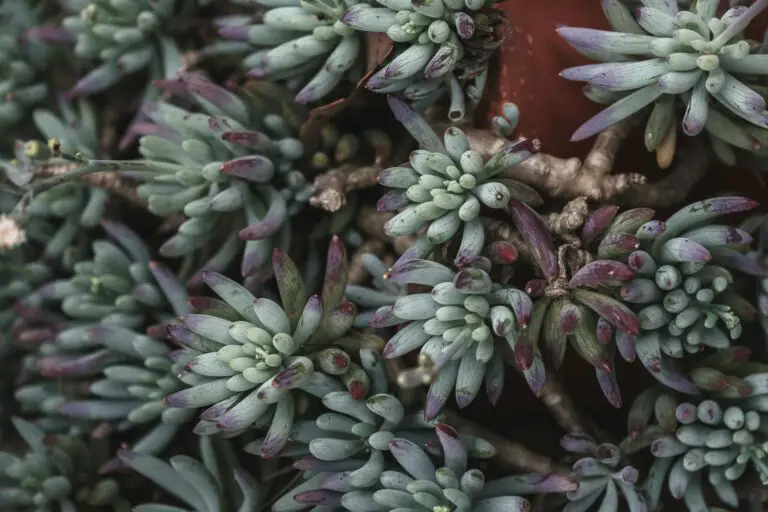
Thwarting Temperature Trauma
Although sedum is as tough as nails, extreme cold can be its kryptonite. If Jack Frost is nipping at your buds, consider relocating potted sedum indoors. For garden specimens, a layer of mulch can act as a cozy blanket, defending against the chill. Remember, it’s not just the cold—sedum can also succumb to sunscald if left to sizzle in the scorching summer. A sunshade on sweltering days keeps your plants picture-perfect.
Battling Nutrient Deficiencies
Sometimes your sedum might seem down in the dumps, perhaps due to nutrient deficits. A balanced slow-release fertilizer can boost morale, but be cautious—too much and you’ll have a gangly, weak-stemmed sedum on your hands. Aim for just enough to enhance their natural hardiness and encourage technicolor blossoms without pandering to overgrowth.
Now you’re equipped with the foresight and fixes to fend off the trials thrown at your trusty sedum. Remember, a happy sedum is one that flourishes with the right care—ensuring it becomes the crowning glory of your gardening endeavors.
Frequently Asked Questions About Sedum Plants
Have you ever found yourself gazing at a lush, low-maintenance garden and wondering what those vibrant, hardy plants could be? Chances are, you’ve spotted a sedum or two! These succulent beauties are gardeners’ favorites for a reason. But you may be pondering some questions about their care, propagation, and benefits. Let’s dig into some of the most common inquiries plant enthusiasts have about sedums!
What does a sedum plant need to thrive?
Imagine you’re at the beach, feeling the sun’s warmth and the occasional sea breeze. That’s the ideal spot for sedum plants too! They adore full sunlight and well-drained soil. Just like happy beach-goers, they don’t like ‘wet feet,’ so avoid overwatering them. A weekly drink of water and they’re golden – particularly in the summer months. Come winter, they can handle the cold and require even less water. It’s that easygoing nature that makes them such a hit in rockeries and borders.
How do you propagate a sedum plant?
Ever wanted to multiply your favorite things? With sedums, it’s like nature’s own version of photocopying. If you’ve got a sedum plant, you’re only a snip away from more. Just take a leaf or stem cutting, let the end callous over for a day or two (think of it like a plant scab), and then simply pop it into some soil. Keep the soil moist, and in no time, you’ll witness a tiny miracle as new growth begins. It’s like seeing your plant family blossom right before your eyes!
What benefits do sedum plants offer?
Aside from their remarkable zen-like presence that simplifies gardening, sedums are workhorses in your garden ecosystem. Pollinators like bees and butterflies can’t resist their nectar-packed blooms. And let’s not forget, sedums are fantastic for green roofs and xeriscaping – the art of creating landscapes that reduce or eliminate the need for irrigation. So not only do these plants look good, but they’re also eco-warriors, helping to conserve water and support local wildlife.
Here, take a look at this stunning example of a sedum:
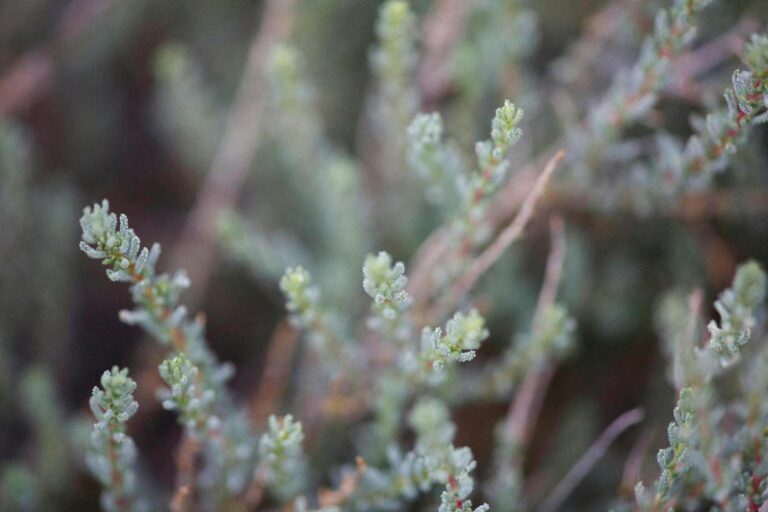
Now that you’re armed with these tidbits of sedum know-how, don’t be surprised if you start spotting these versatile plants everywhere, or better yet, adding them to your own garden collection. Just remember to give them sun, a little water, and watch as they reward you with their resilient beauty and bountiful benefits.



